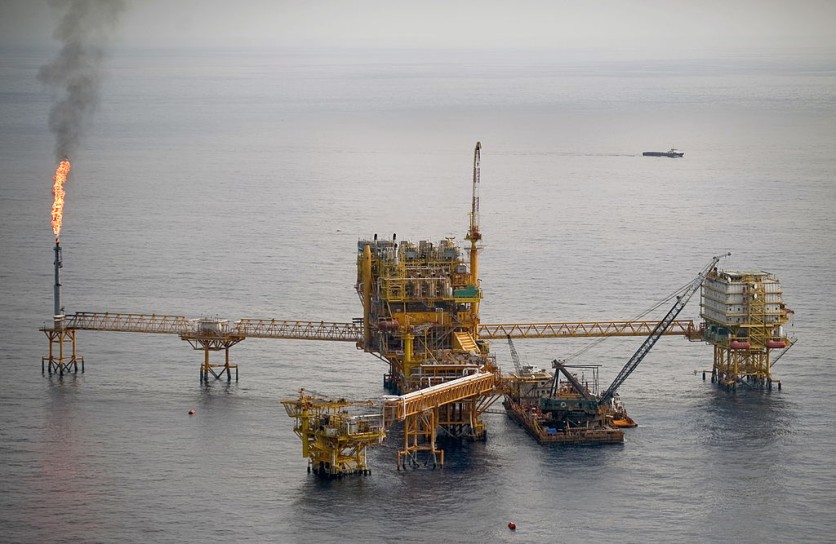The Gulf of Mexico's Ku-Maloob-Zap oilfield saw a significant amount of methane releasing from the spot where a previous pipe leak caused a chain of events leading to an ocean fire. The Pemex Oilfield's methane expulsion is at a massive rate, equivalent to more than 650,000 homes which contribute to carbon emissions while using electricity.
Gulf of Mexico's Pemex Oilfield Released Insane Amounts of Methane

Reuters reported that the Gulf of Mexico's Pemex oilfield in the middle of the ocean released remarkable amounts of methane into the atmosphere, and it already exceeded its allowable emissions rate for the year. The Ku-Maloob-Zaap oilfield leaked 44,064 tons of methane over 24 days in August, and this is already three percent of Mexico's average annual emissions.
A known incident in December was caught by the European Space Agency, and according to Mexico News Daily, the issue is also in the same Pemex oilfield's location in the middle of the ocean. There were no comments from Pemex regarding the incident, especially as to why it happened twice in less than a year for the location.
Is the Methane Leak Connected to the Ocean Fire Last Year?
Another significant incident in the Gulf of Mexico's oilfield focused on an ocean fire last year, and the oil pipeline leak underwater caused a tremendous incident that made the waters catch fire. The incident looked like a volcano crater as it continuously burned for a long time before getting extinguished.
The ocean fire last year made a notable chain of events that led to a massive methane problem now but points to its aging oil and gas infrastructures that are allegedly not given care and maintenance.
What is Methane's Effect on the Atmosphere?
Methane is a natural gas that is present in the world, but it is also considered a greenhouse gas which brings a significant effect on the planet's atmosphere and contributes to global warming. According to the US EPA, Methane is the second most abundant greenhouse gas next to carbon dioxide and there is an allowable global emission for the said hydrocarbon.
However, despite its presence in the world, it still presents a significant danger to the atmosphere as it can risk raising the temperature of the planet. A previous study claimed the Gulf of Mexico's platform near Campeche, which is also one of the biggest oil-producing fields in the country, spewed a massive amount of methane back in December.
Researchers also find traces of methane in otherworldly planets like Saturn and Mars.
The latest ocean oilfield methane release is an important case now, as it has been intermittently releasing massive amounts of greenhouse gas to the atmosphere from the said location. There is an acceptable amount of the said gas for its emissions but the area far exceeded it already, now rising to dangerous levels for the environment.
Related Article : New US Climate Bill May Allow Companies Hide Methane Emissions; Experts Claim RRC Already Doing It
This article is owned by TechTimes
Written by Isaiah Richard
ⓒ 2025 TECHTIMES.com All rights reserved. Do not reproduce without permission.




